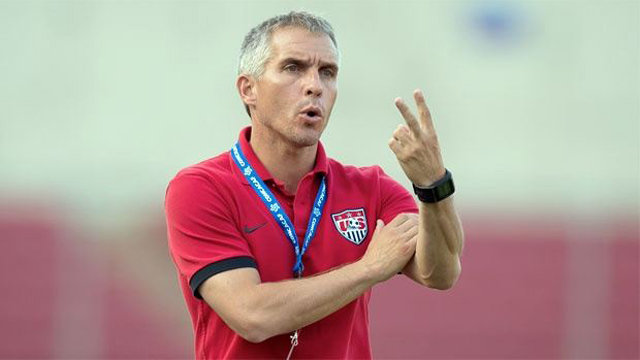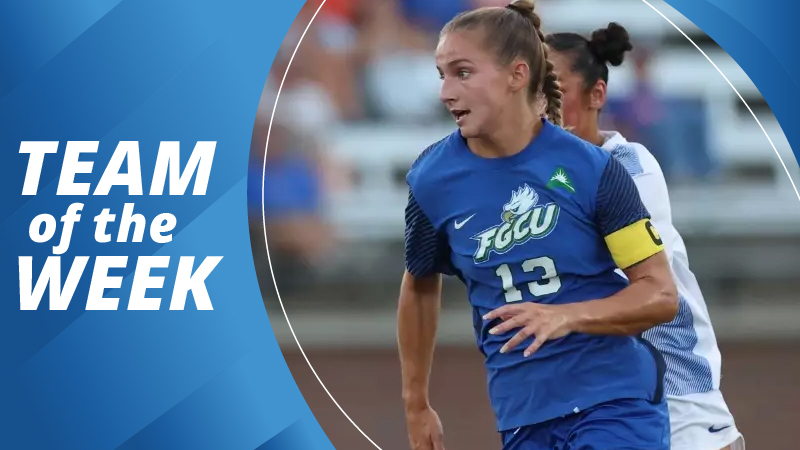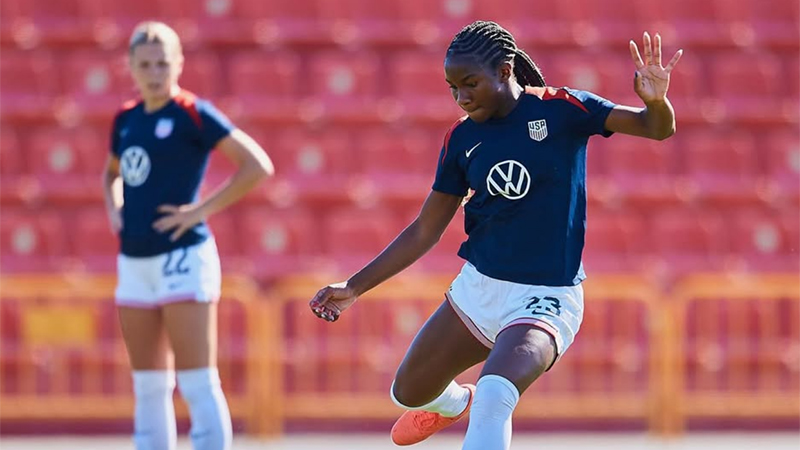U17 MNT loss raises questions

In the wake of Sunday night’s 3-1 loss against Honduras, another U.S. youth national team has failed to progress on the international stage.
It certainly triggers a mixture of reactions: disappointment for the teenagers who put in nearly two years of work down in Florida aiming to qualify for the U17 World Cup, another disheartening result for U.S. Soccer to try and assess, a reality check when it comes to youth development and of course the reminder of previous failures, the U20s in 2011 and Olympic team in 2012.
While it’s unfair to make any correlation between a one-off result at a knockout tournament and draw specific conclusions from it, here are three questions stemming from Panama:
1. What is the future of Bradenton?
At times, it has been rumored that this could be the final cycle for the U.S. Under-17 men’s national team that is housed for the year in Bradenton, Florida.
There’s no question how expensive the undertaken is – according to the projected budget for the 2013 fiscal year, nearly $2 million was earmarked for the U17 MNT, though much more is likely attributed to running everything there. The future of Bradenton is surely going to be talking point going forward, with the Academy continuing to pick up pace, providing a scouting base that didn’t exist back in 1999 when the program began.
It would be quite the change, and maybe something of a shock to see the Residency shutter its doors, but the result on Sunday might be the catalyst that seals the deal. That’s a discussion that will surely take place later this year, as preparations for the 2015 U17 World Cup would begin this fall.
2. How should this group be evaluated?
No matter what is said elsewhere, youth national teams should be evaluated by how many players end up with the full national team.
And while that production line has been hit or miss over the years, and will never be perfect, it means that this group can’t be judged in the immediate aftermath of this defeat. That, and the purported stigma that results shouldn’t matter, leans serious merit to the notion that there’s no reason to overreact. After all, plenty of players have been youth standouts on the international level and failed to pan out or make it as a professional.
However, this result isn’t isolated. When taking into account the campaign of the U20s in 2011 and the Olympic shortcoming of 2012, it’s another in a series of failed efforts that raises serious questions about where things stand in development circles. Add in the success of Mexico at the youth level: winning the Olympics, qualifying and winning CONCACAF tournaments, it is something of a worrying trend.
If the likes of Junior Flores, Joel Sonora, Shaquell Moore, or any other players make their way to the full national team, it would make the failure to qualify even less relevant.
Head coach Richie Williams summed it up with his post-game remarks:
“We believe they have great futures ahead of them,” he said of his players. “One game is not going to define their career. You could see over the last 16 months working with them how they’ve developed, how they’ve become better soccer players and better people. They have great futures ahead of them.”
3. Does this reflect poorly on the Development Academy?
One argument that lends credence to Bradenton’s closure is the expansion of the Academy. Created in 2007, there are opinions and some indicators that much has improved in American youth development with its introduction.
Of course, there are plenty of detractors out there as well, and when this result is stacked up with the other failures from 2011 and 2012, it does trigger cause for concern about the level of players being developed as not at the right caliber.
Now, there are plenty of caveats to that suggestion, too. The Academy is still in its beginning stages and the impact of the efforts is only beginning to be felt. And players on the national team spend nearly all of the preceding 16 months to a tournament with a different set of coaches down in Bradenton, while also leaving the roster selection up to those coaches.
So while this question is yet to truly have answer – and the Academy has done positive things for sure – the jury remains out if these results reflect badly on U.S. Soccer’s fledgling program. A one-off result should not bring condemnation of a program, but it should ensure that coaches and technical directors across the country know that plenty of work remains.
Headlines
- Recruiting Roundup: October 6-12
- How Do I Get Scouted by TopDrawerSoccer?
- Women's Team of the Week: Oct. 7
-
Player Rankings Spotlight: 2027 Girls

- UW Star Named Player of the Week
- Men's Top 25: Champions Back on Top
- IMG Academy Player Rankings: Boys 2028
- U20, U19, U17 MNT Training Camp Rosters
-
Commitments: Michigan to Auburn

- TDS Women's Division l Top 25: Oct. 6



